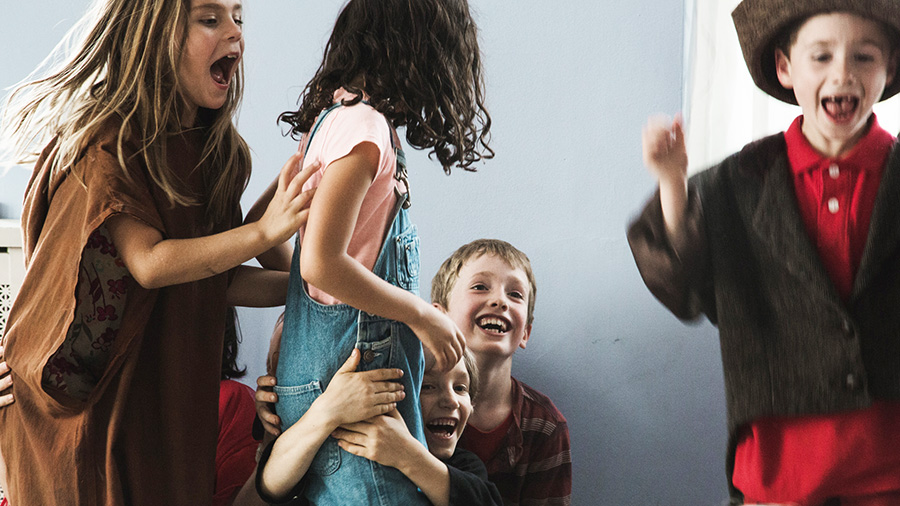
Gentle Ways to Ease Separation Anxiety and the Transition Back to School
It is important to remember that each child will approach the transition into school differently. Separation anxiety can vary with the child’s age, his/her normal response to change, and with stresses in his/her life outside of school. Here are several suggestions from our early childhood teachers to help ease separation anxiety and the transition back to school.
Visit the classroom.
Visit the classroom.
Visit the classroom.
Visiting your child’s classroom with your child before he/she begins school helps him/her to become familiar with the teachers and the school environment without the parents leaving. Many of our teachers also make home visits throughout the summer to get to know the children in their home environment. If you are interested in visiting the classroom or welcoming your child’s teacher for a home visit, please contact your class teacher.
Make partings brief.
During the period of transition and adjustment, parents should acknowledge and accept their child’s feelings. His/her sadness at “losing” the parent is very real, and he/she should be allowed to admit these feelings. At the same time, it is important for the teacher and parent to remain positive about the situation. Show understanding and support for your child’s feelings, assure him/her that you will return, and leave with a hug and a confident smile. Prolonging the parting extends the time it takes for your child to adjust.
Demonstrate trust.
Parents may inadvertently give their child a double message. The teacher says everything is fine and safe, while the parent may be supporting the child’s apprehension and fear by staying at school. When the child is seeking comfort and feeling anxious about the parent’s inevitable departure, he/she is not free to have his/her experience of school, playmates, and activities. Until the child receives a positive message from both parent and teacher, the child will remain confused and the adjustment period will be prolonged. Show your child that you have confidence in his/her ability to be part of this new experience by demonstrating trust in the teacher, and in the decision you have made on your child’s behalf.
Back to school anxiety can affect older children, too.
“At each developmental stage, there are new worries,” says Marcia Slattery, MD, a UW Health child and adolescent psychiatrist and director of the UW Anxiety Disorders Program. “There are a lot of unknowns at the start of a school year, and the anxiety bubbles up.”
Slattery has found that establishing routines and developing a plan with your child ahead of time can provide kids with a source of comfort and help them to remain calm when heading back to school. Read the full article here.
The fifth grade child has come ever more into his or her own individuality within the world, yet is still looking back to younger days of union with the “all”. This age child straddles and unites these two realms, and so is in a kind of momentary balance – momentary because the full weight of adolescence and a more complete separation from childhood lies just ahead.

“The fifth grade child has come ever more into his or her own individuality within the world, yet is still looking back to younger days of union with the all.”


0 Comments